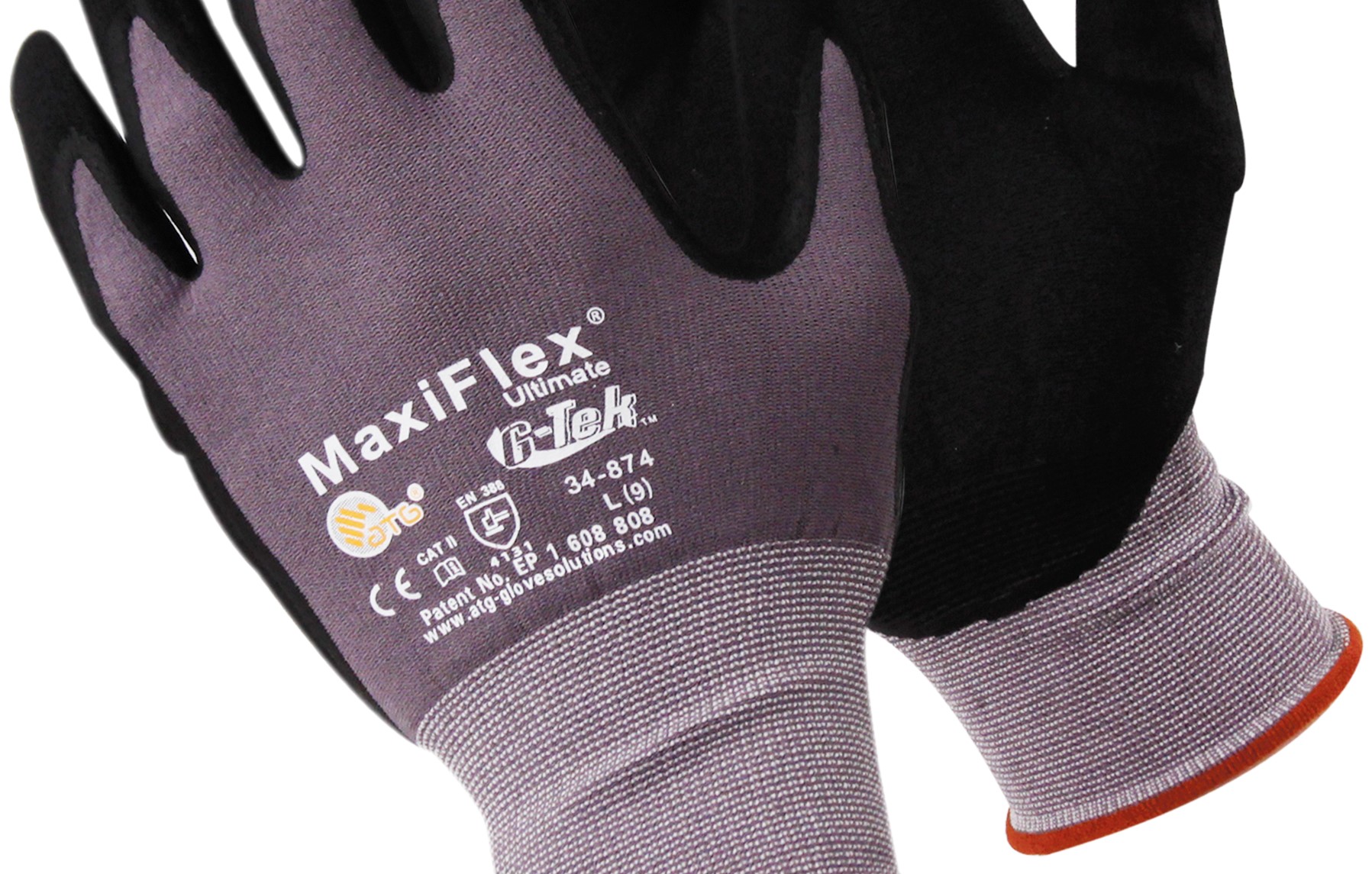
25 Mar Glove Risks: Where’s the Rating?
As you become more conversant with glove ratings, you will probably become aware that ANSI ratings aren’t always available for the risk you are interested in. There are a few reasons for this.
ANSI glove ratings are voluntary for the manufacturer. Testing costs money, so the provider of the glove must expect that the test will help sell the glove before making the investment to have the glove tested.
So the first reason a glove does not have a published ANSI rating for the test you are interested in is due to public demand. The more users start requesting this information, the more testing will be done.
The second reason a glove won’t have a published rating is if the glove in question doesn’t exhibit strong protection against the risk. Why pay for a test that doesn’t highlight a strength of the glove?
As consumers become more sophisticated, there will be more incentive for glove providers to pay for the testing to be done. We have already reached that critical mass when it comes to cut protection. It has been customary for many years for a glove with cut protection properties to undergo the ANSI cut test and to have the score printed on the glove. Many safety managers require a minimum ANSI cut rating of A3 or more for gloves used in certain applications. Any glove that does not have that score readily available most likely does not offer very good protection against cuts.
Gloves with more specialized features like impact protection and needle stick protection are also likely to have those properties rated with an ANSI test because those are the unique selling features of those gloves, and the ratings are necessary to demonstrate those features.
Minimum ANSI ratings for abrasion or puncture are much less likely to be prescribed by safety managers, which explains why these tests are less commonly performed than the cut test.
There is a third reason why ANSI puncture and abrasion ratings aren’t as common as we would like them to be, and that has to do with the availability of that information from other sources, namely the European standard known as EN 388. In part 8 of this series, we will discuss how you can find and use that information to determine the gloves best suited to your tasks.



No Comments